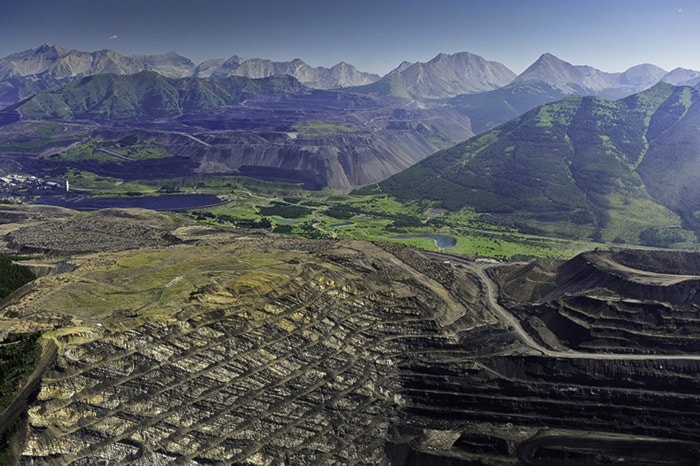A new study that indicates selenium levels above the provincial guidelines in the Elk River may impact any economic benefit the Ktunaxa Nation has been promised under a new Economic and Community Development Agreement (ECDA) it signed with the Province of British Columbia in January earlier this year.
The ECDA ensures the four Ktunaxa Nation communities — the local Akisqnuk First Nation along with St. Mary's, Tobacco Plains and Lower Kootenay — share the direct mineral tax revenue from any expansions or new coal mine projects in the Elk Valley, which is located in the southern Rockies within the Regional District of East Kootenay; but Ktunaxa Nation chair Kathryn Teneese says that before any Elk Valley coal mining activities can become a contributing project under the ECDA, requirements around the environment and other stewardship matters will have to be fulfilled.
"It was never suggested if things weren't all in order that we would be looking towards any kind of benefits," Ms. Teneese told The Valley Echo. "We've been involved with monitoring for selenium for a number of years… we're concerned about it because of the folks who harvest and eat fish and wildlife in the area and we point out that the issue is bigger than selenium contamination because there are other contaminants of concern including nitrogen, sulphate, cadmium and sulphite."
Selenium in the Elk River — an international fishing destination — is not a new issue, agreed Wildsight Southern Rockies program manager Ryland Nelson, but the most recent study reveals that the levels are now higher than they have ever been before, and surpass the human consumption guidelines for BC Water Quality.
"You should not be eating more than one fish a week out of the Elk River otherwise you could be having health concerns," Mr. Nelson said.
The March 2nd, 2013 study — commissioned by Glacier National Park and released on Wednesday, March 20th — was issued by Dr. Ric Hauer of the Flathead Lake Biological Station of the University of Montana, who compared water quality in the Elk to the pristine waters of the neighbouring Flathead River Basins.
“These levels of selenium are toxic and known to cause deformities in fish and other species," said Peter Wood, Canadian Parks and Wilderness Society-BC Terrestrial Campaigns Director. "Clearly we are far from striking the right balance between resource development and the need to maintain the health of these ecosystems.”
The Ktunaxa Nation and their relatives south of the 49th parallel, the Kootenay Salish Confederated Tribe as well as the Kootenay Tribe of Idaho, have made a request to have the matter referred to the International Joint Commission, which prevents and resolves disputes between the U.S.A. and Canada under the Boundary Waters Treaty.
Ms. Teneese and Mr. Nelson recognize that Teck, currently the sole mining company operating in the Elk Valley, has been taking steps to address the issue, but both said the provincial government needs to do more in light of incoming mine applications by international interests.
Environment Minister Terry Lake's announcement on Thursday, March 21st — that no new coal mines will be approved in the Elk Valley until Teck develops a valley-wide plan to manage the cumulative effects of selenium in the river — immediately followed the release of the study.
"Part of it is that over the years within the province's structure, they've continually dealt with the whole environmental assessment issue, not as a way to protect the environment but more to make sure that activity goes ahead, and that's a challenge that we have," Ms. Teneese said.
